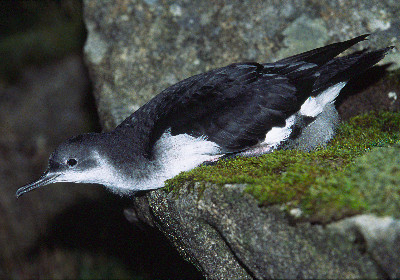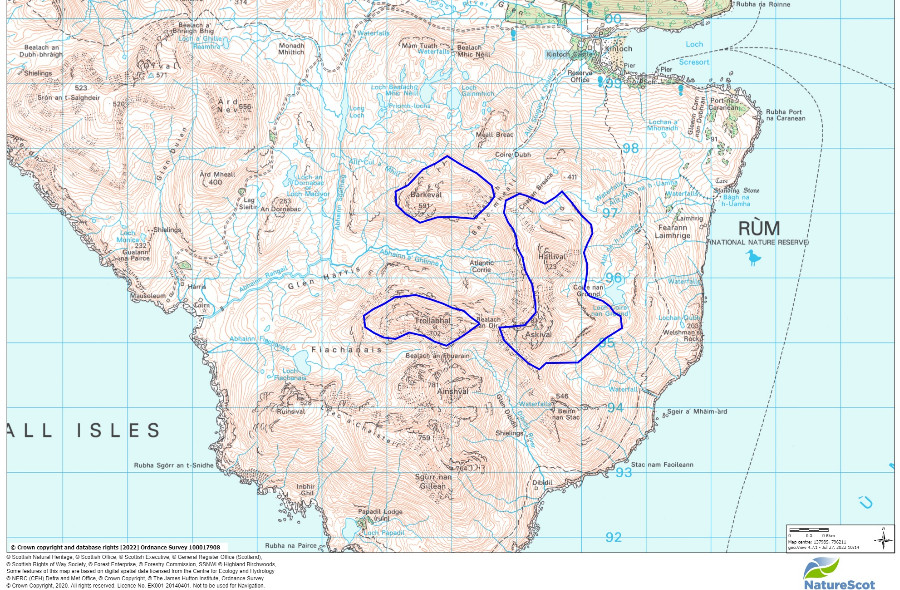Wednesday 10th August 2022, 10:05am

Hillwalkers are being asked to avoid parts of the Rum Cuillin, due to avian flu being present in the Manx Shearwater colonies present near the peaks. This is a temporary measure until mid-October, when the chicks have fledged and the birds have returned to sea.
NatureScot are advising that walkers avoid the slopes and summits of Barkeval, Hallival, Askival and Trollabhal above the 450m contour until 14th October, as this is where the Manx Shearwaters nest in burrows, under scree and in cairns. Other walking routes on Rum are not affected by this advice; nor are Ainshival and Sgurr nam Gillian.
Mountaineering Scotland was consulted on the proposal and we are pleased to see that the area to avoid is restricted to where the nesting burrows are, and limited for the breeding season. Access to the rest of the hills remains free of restriction.
They have evidence that H5N1 strain of avian flu which is currently killing seabirds in Scotland is present within the Manx Shearwater population on Rum. A bird found dead in the colony in July tested positive for this avian flu strain, and two chicks which were found dead in nests at the beginning of August are also being tested.
The Rum National Nature Reserve supports approximately a third of the global population of breeding Manx Shearwaters, which is therefore an internationally important breeding colony for this bird species. NatureScot are advising that limiting disturbance and the potential spread of the H5NI virus by people gives these special seabirds the best possible chance of survival and recovery.
Manx Shearwater photo by Laurie
Campbell/NatureScot.

Areas to avoid are outlined in blue on the map.